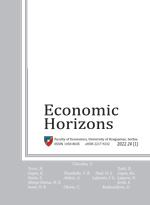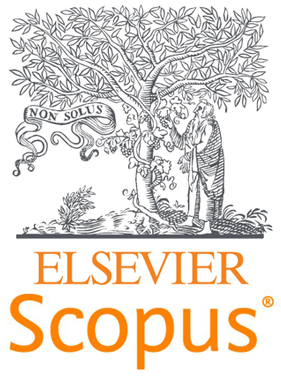CAPITAL ALLOCATION PROBLEMS OF NON-LIFE INSURANCE COMPANIES
The aim of the research is the identification of the main problems in the domain of the allocation of capital of insurance companies, as well as the possible ways of their overcoming. Developed financial and actuarial techniques of capital allocation in insurance were subjected to comparative analysis method, in order to determine their mutual differences, advantages and disadvantages. Placing the issue of capital allocation in the context of non-life insurance requires the application of the method of deduction, while the general evaluation of the applicability of capital allocation techniques is obtained by the method of induction. The research has shown that the choice of a specific allocation technique primarily depends of the goals of its application. The paper concludes that the adequacy of insurers’ capital allocation depends on the appreciation of the inverse relationship of risk and capital and the effects of risk diversification, as well as the availability of frequent data. A chronologically viewed development of allocation techniques was marked by an adoption of more realistic assumptions that reflect the characteristics of insurance business. Contemporary techniques of capital allocation are characterized by a relatively complex application, but also increased power of information. Ultimately, primary selection criterium among techniques must be value maximization, as a global goal of capital allocation.
Key words: capital allocation, non - life insurance, risk measure, put insolvency option.
JEL Classification: G22, G32
| Full Text |




